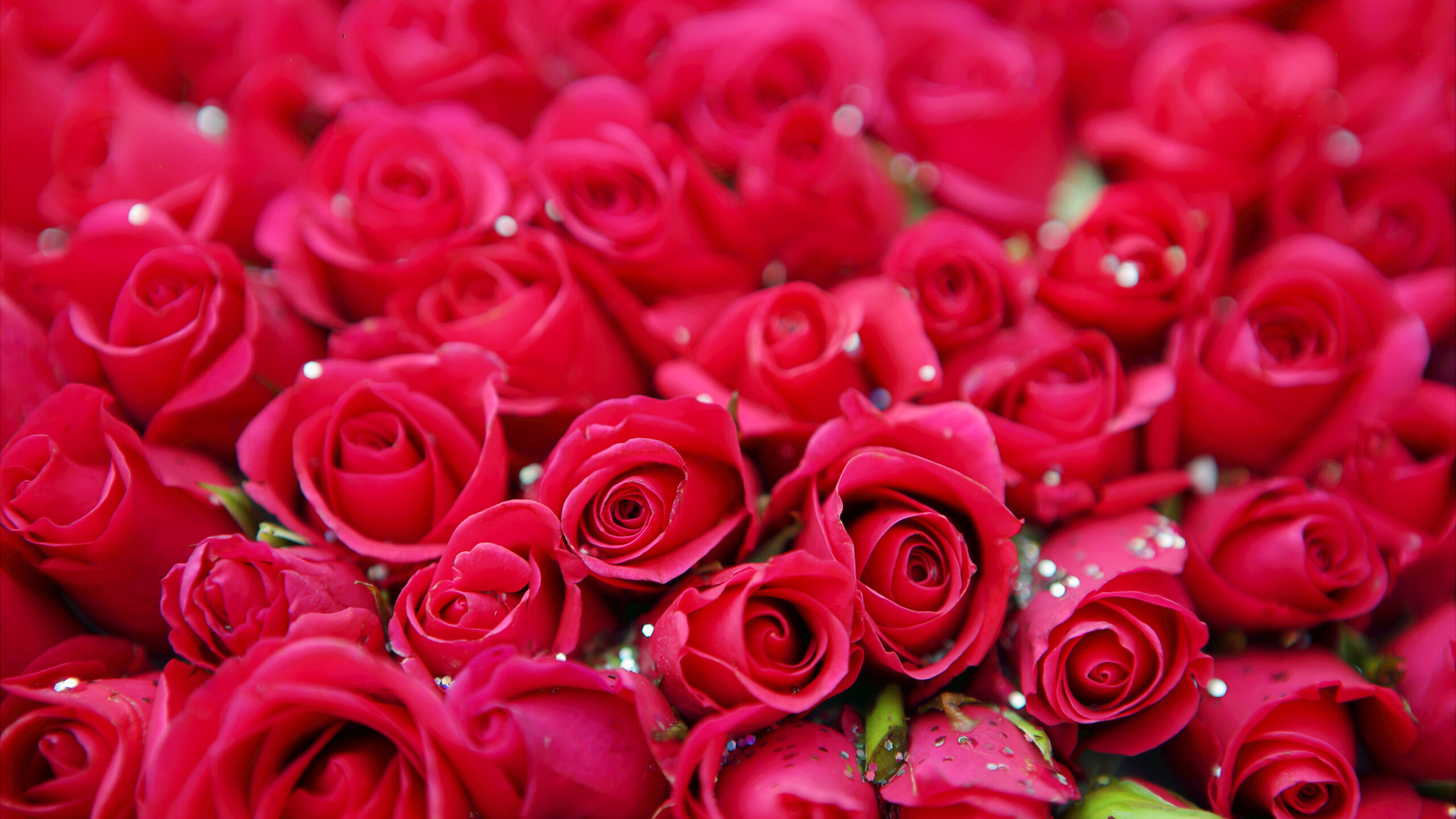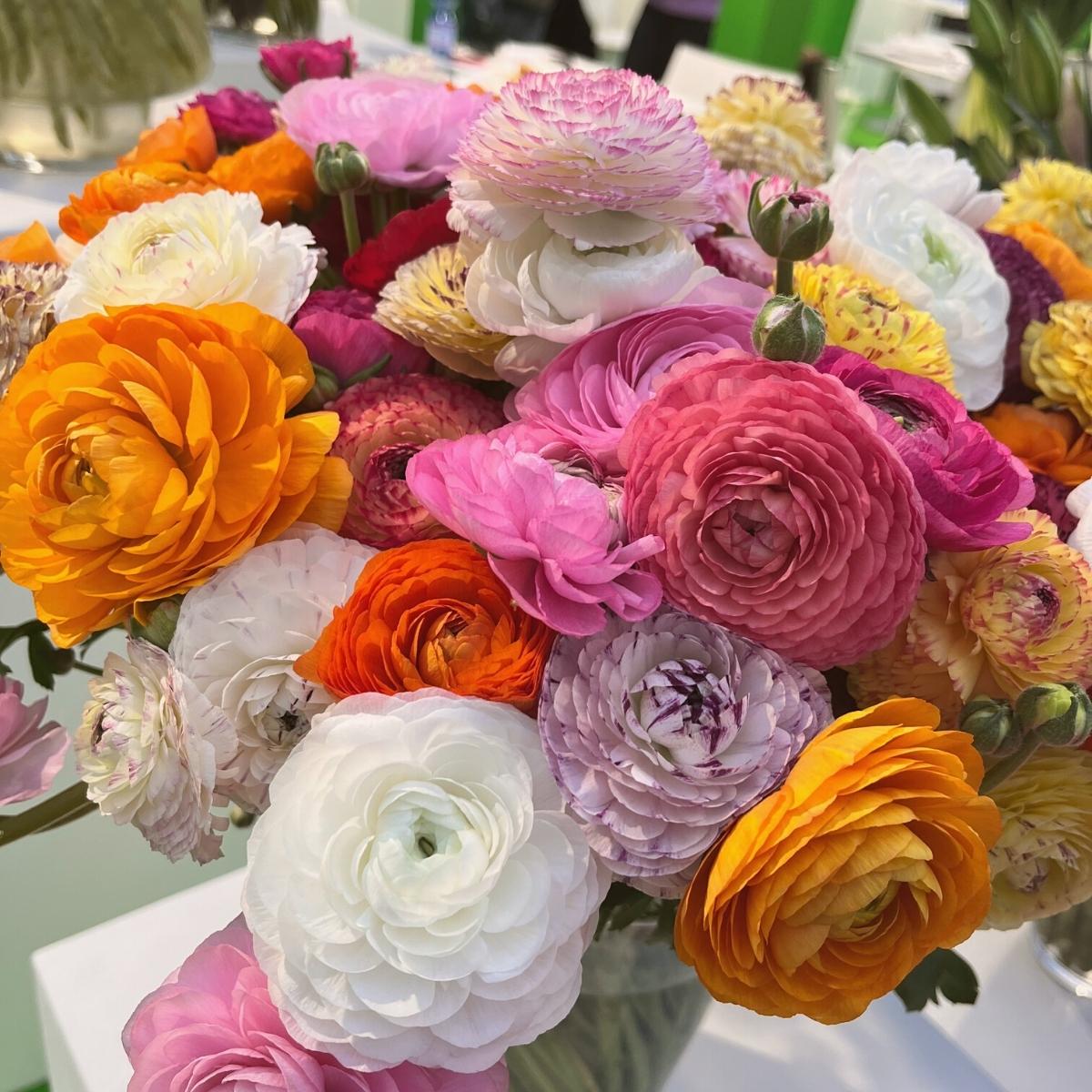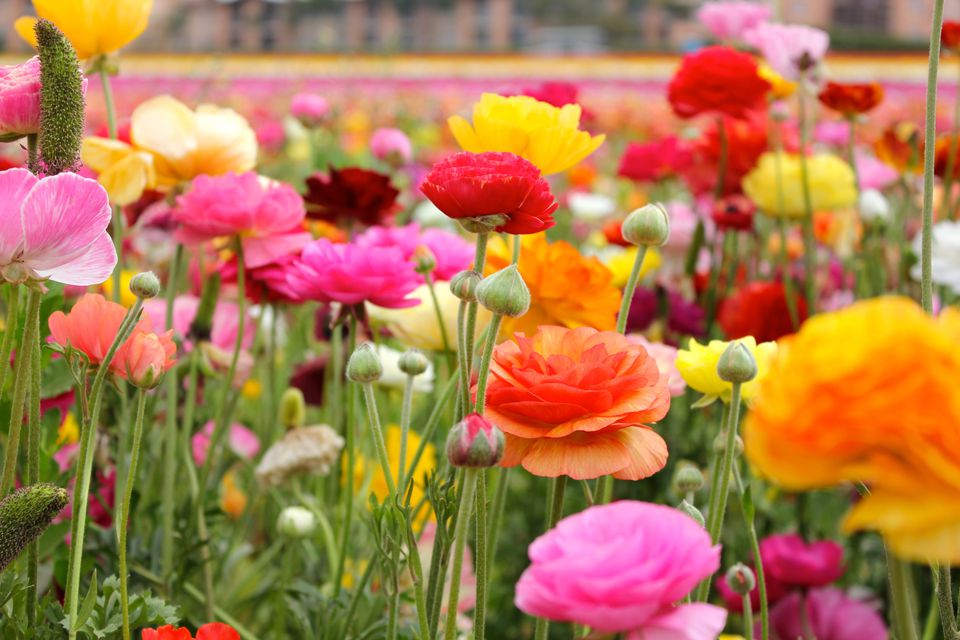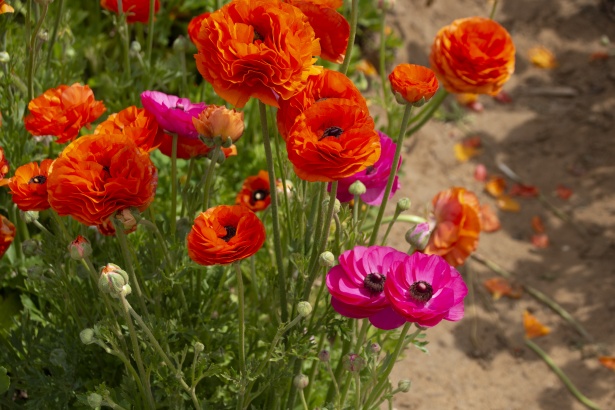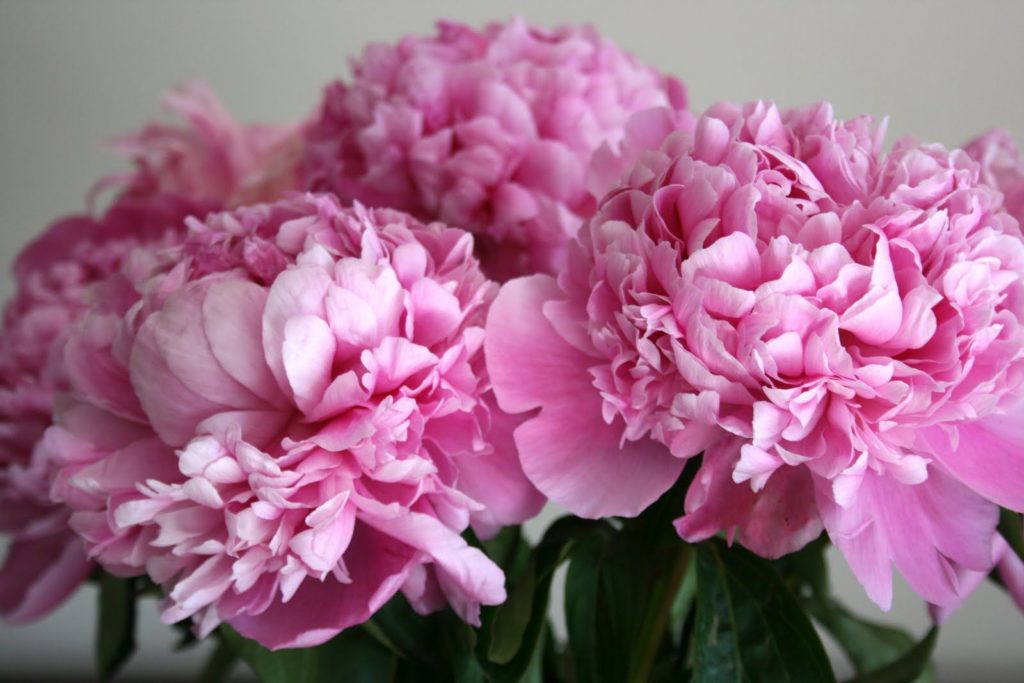
I hate pink. There I’ve said it. Three little words. Done, dusted and in print. And while I’m at it a few more, pull the pink, reef it out and throw it on the compost. Good riddance I say.
I immediately realise this declaration may not make me many new friends. So whilst I endeavour to complete writing this article, I have taken refuge in my house, convinced that God will react with a roaring retribution, sending destructive storms of hail, whipping torrential rain and lacerating lightning of biblical proportions down upon me. In addition if a hostile lynching mob surrounds my house, I have hurriedly hidden all ropes and materials necessary for the construction of a scaffold. But it’s the old tar and feathering I am most anxious about, especially if the feathers are pink.
Why my seeming hatred of pink? Firstly I believe it’s due to our long, hot Aussie summers, where the harsh heat seems to blur, bleach and wash away the true pigment colour properties of the majority of pinks. Secondly pink is planted far, far too often. Invariably it’s the same shade of pink, a mid-tone maddening mass malaise of mediocrity, blanketing most garden beds, leading to its unfortunate reign and dominance. A deadening sea of colour, stagnating, limp, exhaustingly still, bereft of life and the exuberance of colour. It’s a continual and repeated advertisement of the ordinary and the mundane, devoid of any artistic merits of design and decoration. Just lost a lot more friends.
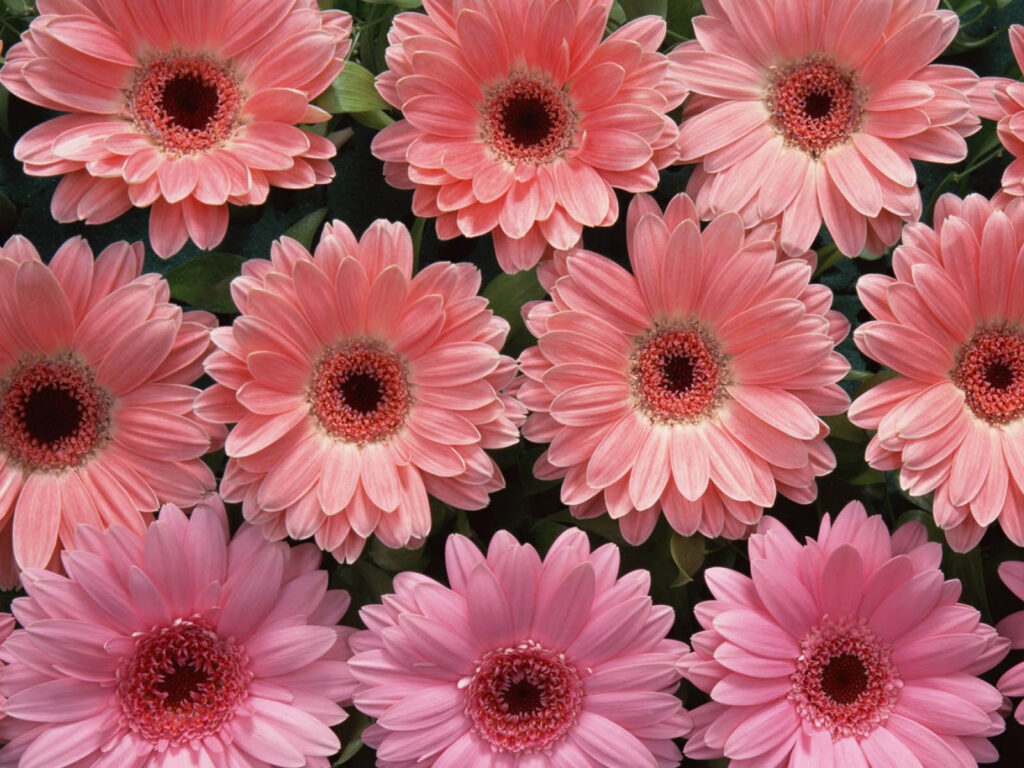
I’m still uncertain what makes folks go crazy, mad and bonkers, with their obsessive collection of the colour. En route to the nursery, all rudimentary colour design principles seem to be just chucked right out the car window. An irrational demon takes possession, its pink they seek and pink only they shall have, and quickly, once again, the shopping trolley is chockers full of it.
Imagine if you can, a house with painted pink exterior and interior walls. Inside, throw in wall to wall lush pink carpets, pink lounges dressed up with a few lovely puffed up pink cushions, pink tables with matching pink chairs, pink cupboards, add some fashionable pink curtains, and to finish it all off, some gorgeous pink ornaments, just so as to bring it all happily together. Oh and I forgot, a pink mail box in the front garden to perfectly compliment the garden’s pink perimeter fences. Beginning to get the picture?
Why this colour’s attraction? Pink represents the qualities of compassion, nurturing, tenderness and sweetness, intimacy, romance and the feminine. Girls from the get go are socialised to identify with the attributes of pink, and the majority of nursery customers are female, so here may possibly lie some of the answer. Not many friends left.
In psychology pink is seen as a sign of hope, inspiring warmth and soothing feelings. Studies have confirmed that exposure to pink can have calming effects on the nerves. Violent and aggressive prisoners have been successfully calmed by placing them in a pink room for a specified length of time. However exposure for too long can have the opposite effect. Yep, hit the pink nail on the head.
How to solve the pink predicament? Simple, just don’t buy more pink. However if the uncontrollable urge still haunts you and past habits are difficult to break and leave behind, go for the extremes from the pink colour spectrum, the softest powder puff pinks or the hottest of fuchsia pinks. Used sparingly, these tones can at times add some brilliance to a broader flower colour palette.
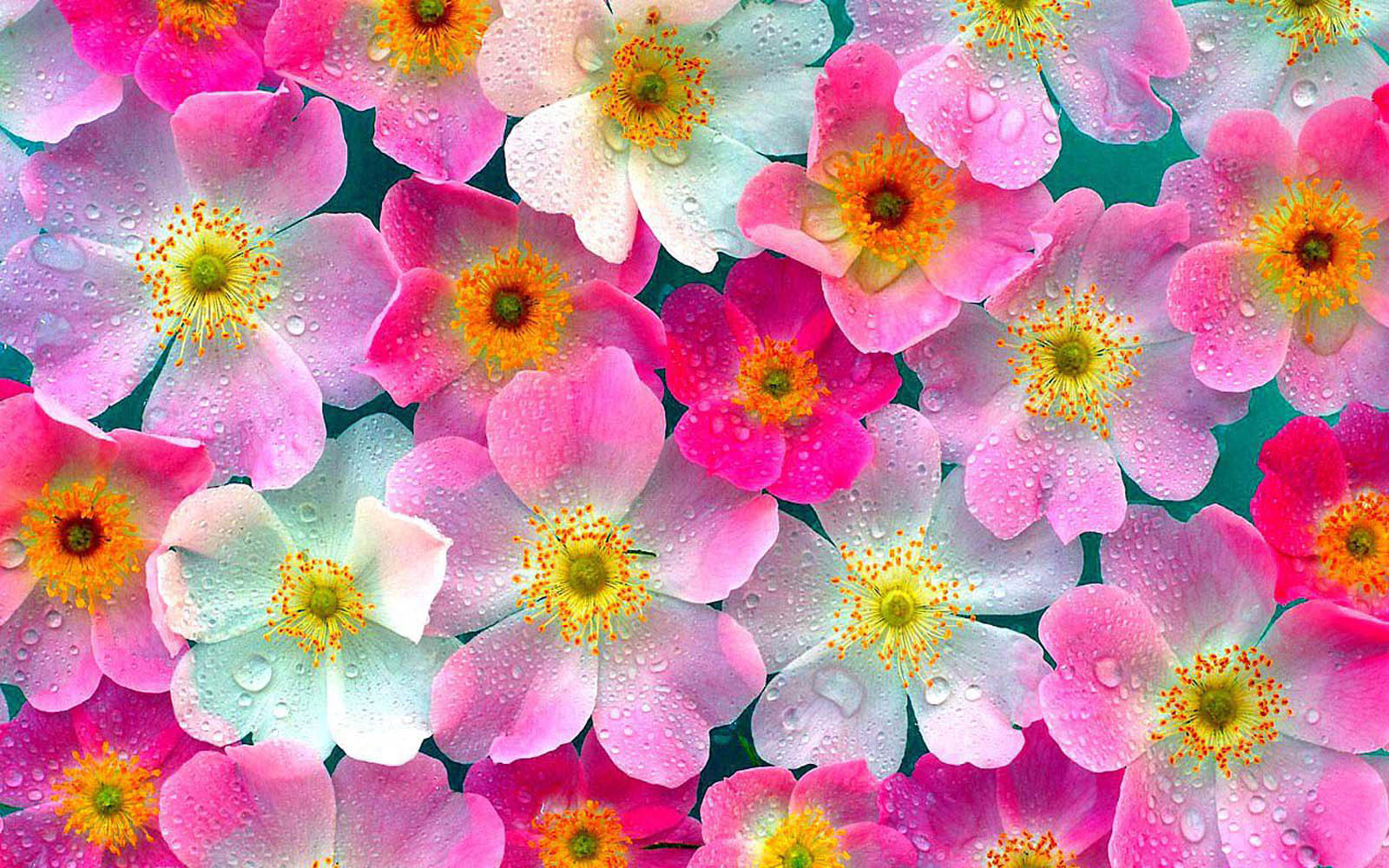
Hey have some real fun by choosing other flower colours. A rich, robust red, a vivid buttercup yellow, the softest and palest of lemon, a buzzy orange or a subtle salmon, and blues and purples of any hue. Most important of all is the mandatory use of white and cream. The addition of these last two colours, their compatibility and contrast with existing planted pinks, will instantly transform them, will enrich and enliven them, and enable them to shine for themselves.
It’s been quite some time since I bought a pink flowering plant. However a survey of my back garden potager illustrates that the pink pendulum has swung back to the other extreme. Little to no pink. I need a quick fix. Still reluctant to go against my own Nazi colour pink advice, the solution I thought was simple. My trusty dog Sly is now sporting a brand new, highly fashionable collar of the hottest lipstick pink. I just have to convince Sly to obediently lounge in the garden wherever the colour is missing. Sly’s response? With his fashionable pink collar, he is revelling in his role as the neighbourhood’s new total love magnet, the new stud on the block, attracting boy and girl canines from near and far, even the odd human or twenty. Witnessing first hand Sly’s brand new popularity, I’m immediately off to buy a pink shirt, some dead sexy pink eye wear and even possibly the odd large bundle of pink flowering plants. You see pink really may have a valuable place in the garden, as it does in life and love itself, with the probability that I will meet many super new friends to replace the ones I have regrettably lost.
